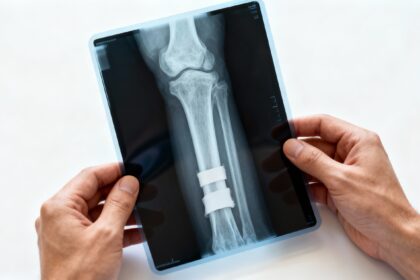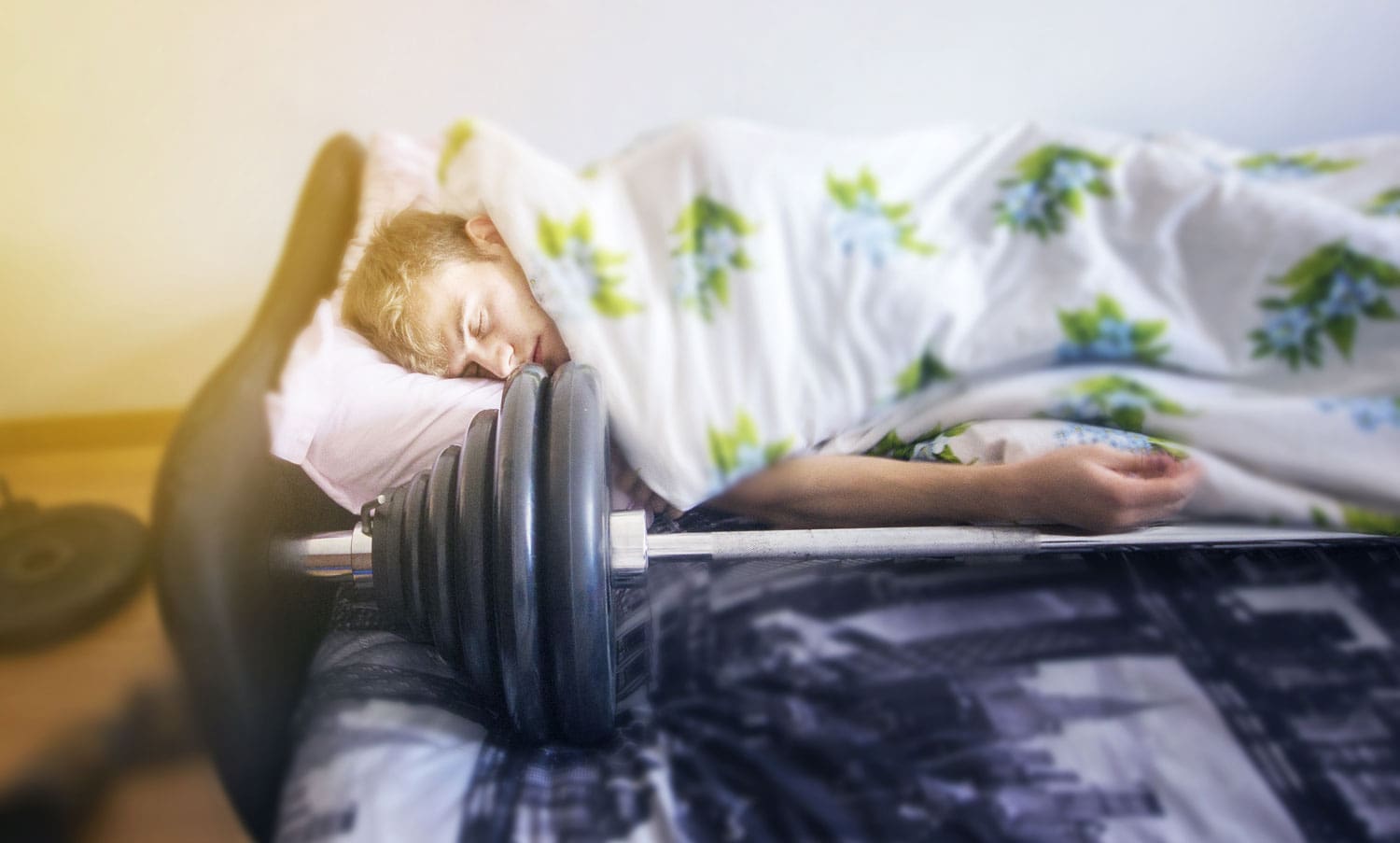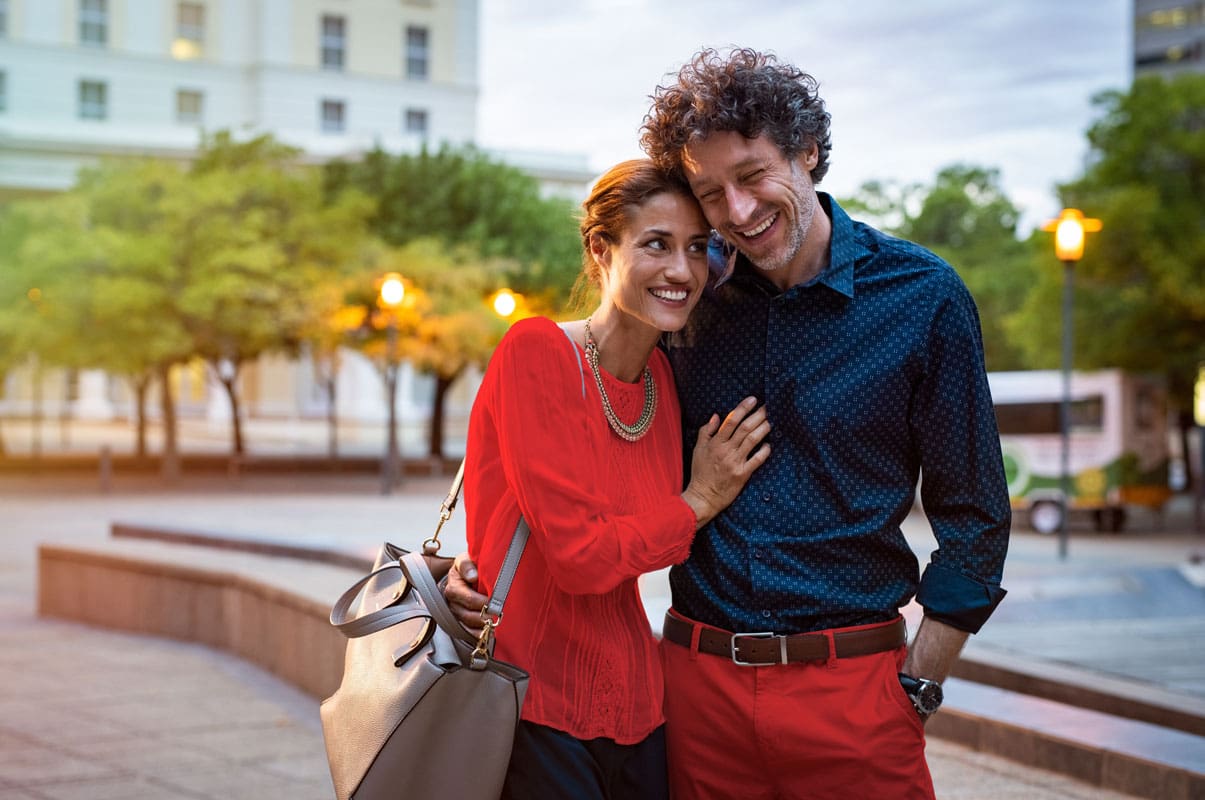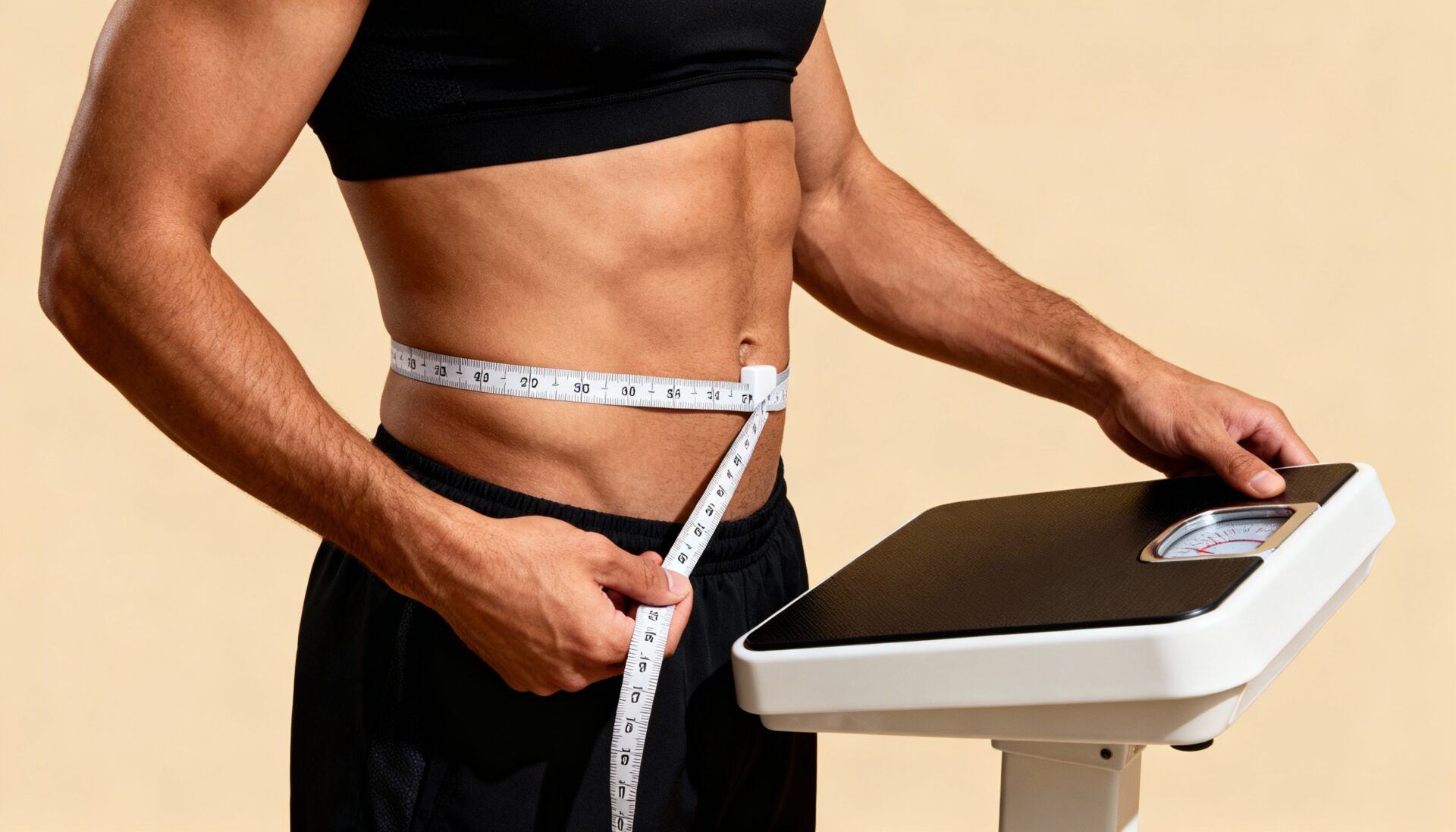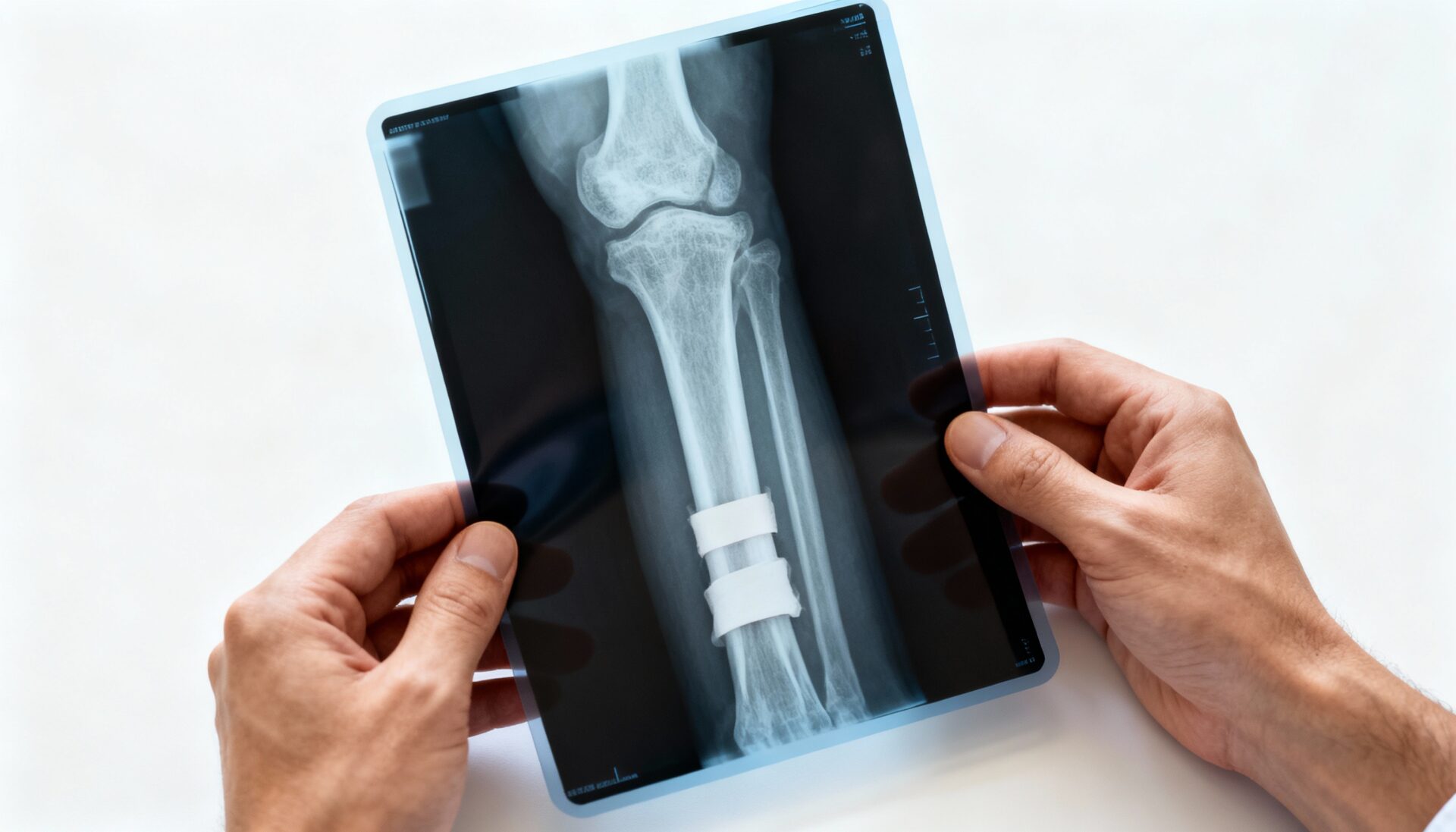By Muscle Media
Body image is a topic that usually makes you think of teenaged girls starving themselves thin. But most people, no matter how old or young, have a feeling or image of the way their body should look. This image is a combination of the actual view in the mirror together with life experiences. We are haunted by the image of our own younger/fitter/slimmer body, and the expectations of the way our body “should” look. This “should” comes from media images, parental influences, peers, and past experiences.
Pattern
Over the many years of fitness training, you may have noticed one pattern common among new fitness participants. Most newbies start a fitness program to “get healthy and fit” or to change a particular body part. Note the operative phrase here is “a particular body part”. For example, it’s common for men to want to lose those love handles around the mid-section, and for women want to trim the hips and thighs.
Exercises
Have you ever really observed other people in your gym? If you do, you will notice that there are a lot of men doing upper body and arm work, and a lot of women doing lower body work. I recently prescribed outer and inner thigh (abductor/adductor) work to a client who was an experienced body builder. Yet, he had never trained these muscles specifically because he felt the exercises “were for women”!
We’ve all heard that it’s impossible to “spot reduce” by exercising a body part. But, emotionally this idea is hard to accept, especially for newbies. When newbies begin a weight training or aerobics style fitness program it’s often enthusiastically started. But, after a month or so, the newbie has thrown out exercises that did not seem to target the imagined problem area and replaced them with extra sets of the exercises that did.
Balance
Now, take that same newbie, get them working out regularly and systematically for about 6 months, and you get the beginnings of real body transformation. This approach means BALANCE, and balance is beautiful. A body system that is in balance moves better, stands up straighter, looks better in clothes, can perform physical activities longer, and is less likely to sustain injury. Yes, the perceived “problem areas” change, but so do all the non-problem areas.
Change
The most interesting thing about this body change is the newbie now truly enthusiastic about their changed body. They have redefined goals and expectations of what it means to transform. It’s very common to hear women say that they had no idea that their arms could be so attractive and shapely. Men tend to comment that they like having legs that aren’t “so skinny”. These very same women started out avoiding arm work because they were only thinking about slimmer hips.
Different Image
After six months or so when newbies start to see real differences, they talk about feeling a real sense of accomplishment. They begin to formulate new fitness goals that are surprisingly different than those they started with. They have not only begun to transform their bodies, they have transformed their thinking. Their perception of their body, or body image, has become very different. They KNOW they look good and feel good!









